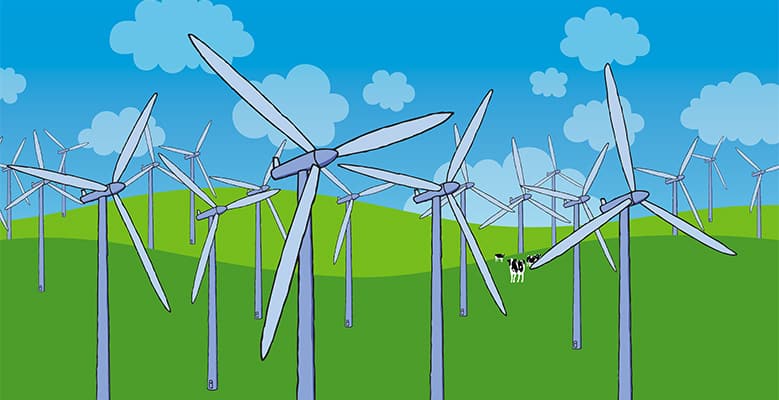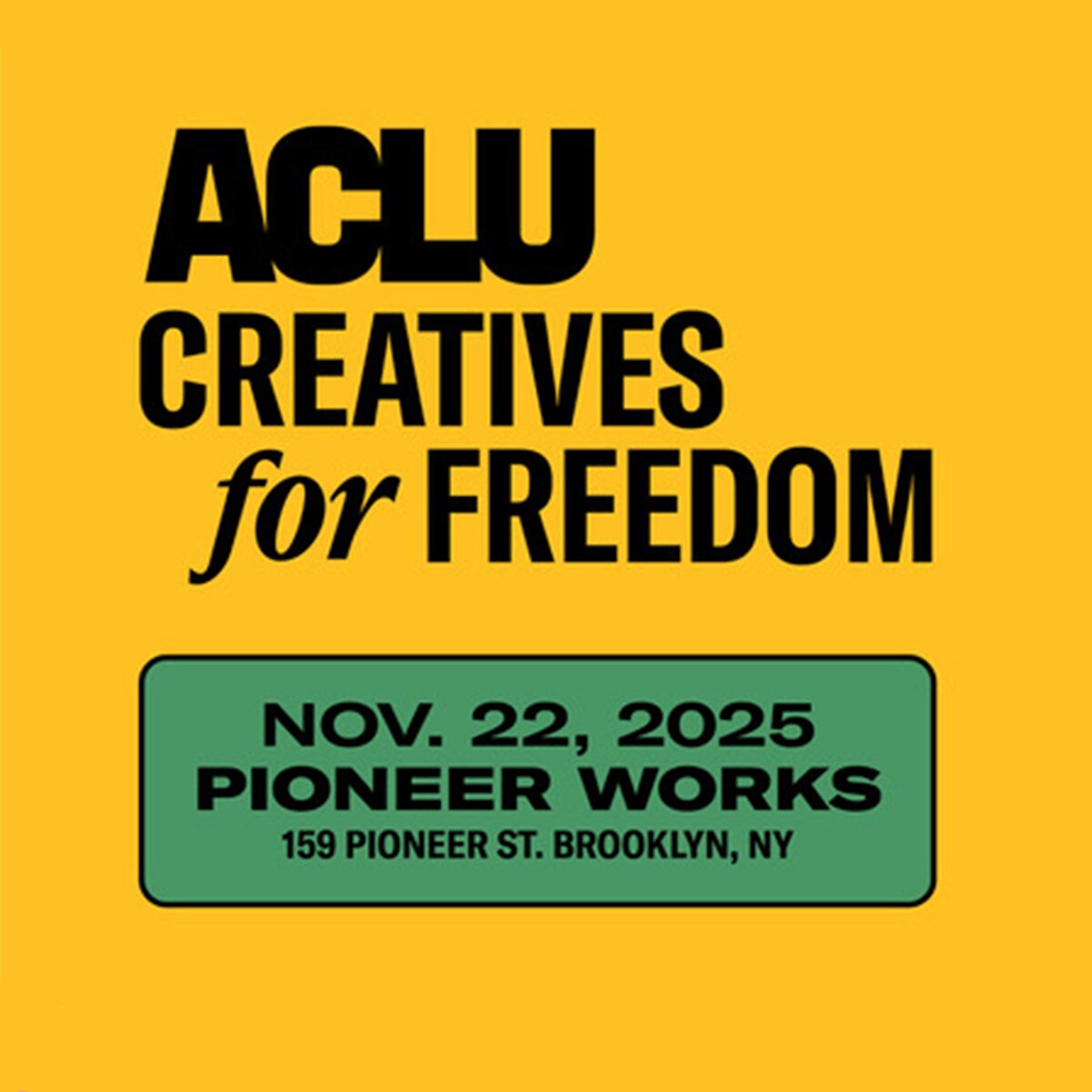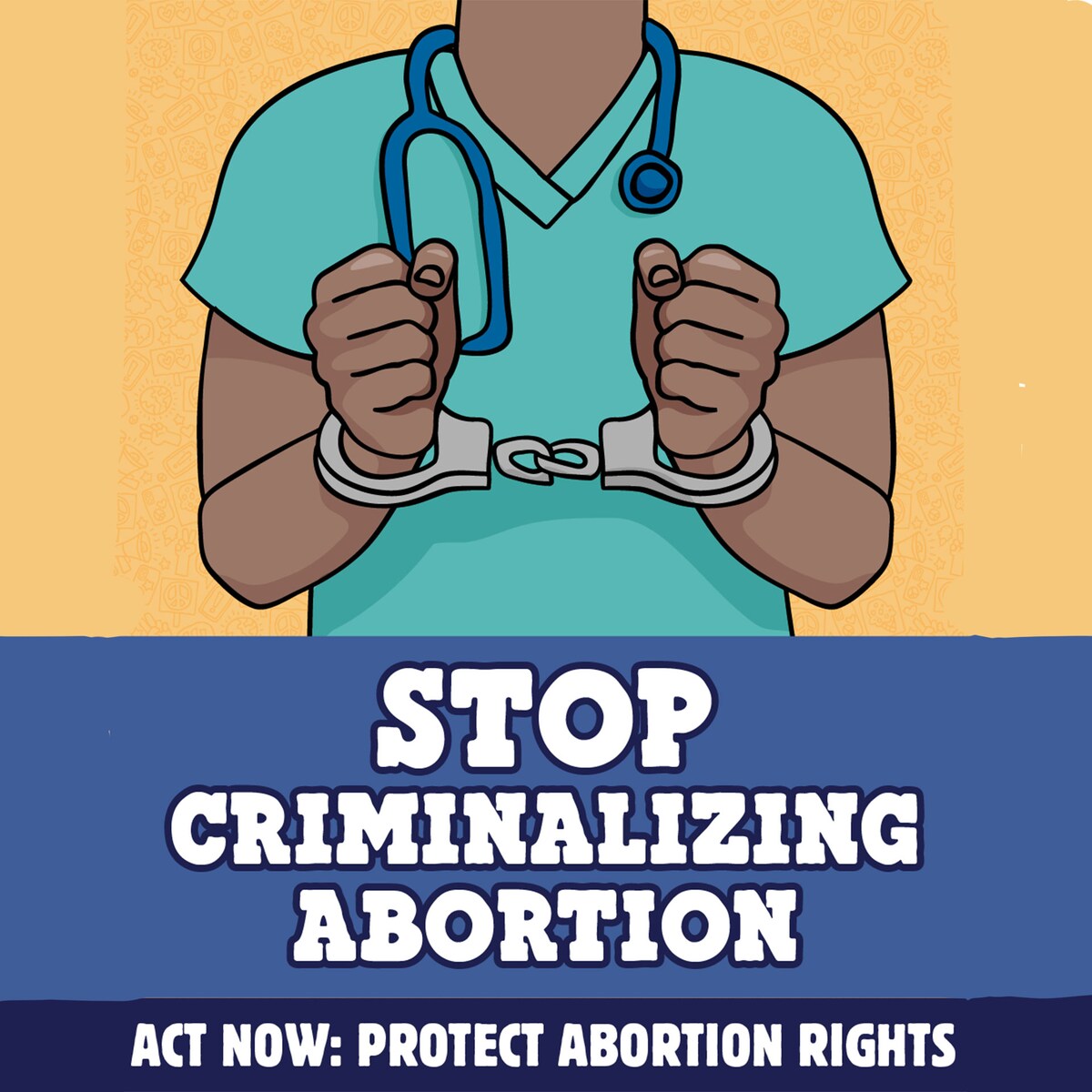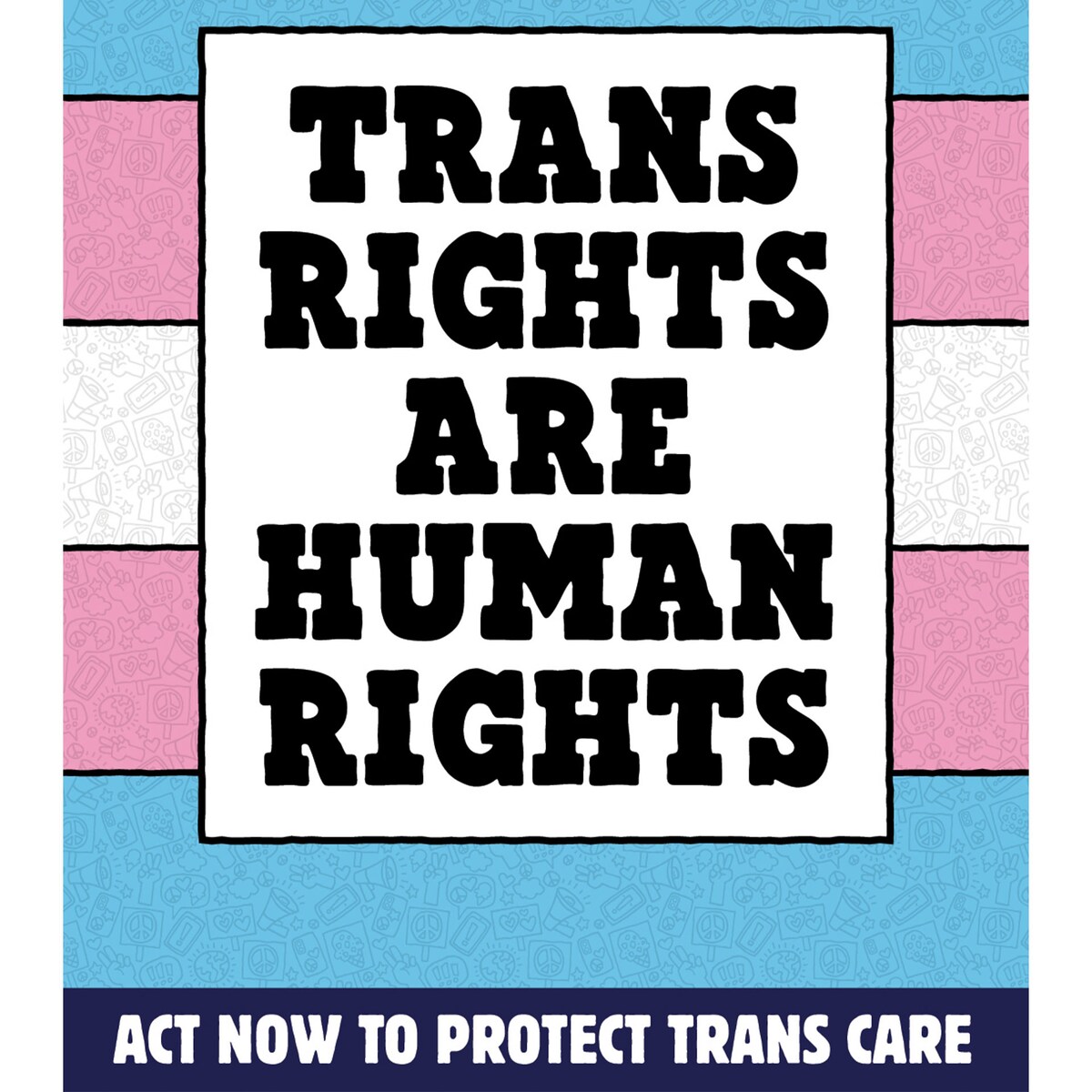July 14, 2015

As we continue to experience record-breaking warm weather globally, agreeing on a solution to climate change is becoming a truly mainstream concern. With the UN’s Climate Change Conference coming up in Paris this December, organizations like Avaaz are rallying millions of people to call on world leaders to move toward 100% renewable energy by 2050.
Can we realistically make such a radical change, in such a short time? A new Stanford University study lays out a detailed state-by-state plan that shows how the US can do just that. So in other words, yes!
Mark Z. Jacobson, Director of the Atmosphere and Energy Program at Stanford University, published the study through the Solutions Project (Fun fact: Jacobson sits on the board of directors along with a certain actor you may have heard of, Mark Ruffalo). The purpose was to see just how feasible it is to have all 50 states move toward using only wind, solar, geothermal and hydroelectric power – and, in some cases, small amounts of tidal and wave power. Of course the scale is grand, and the timeline relatively immediate, calling for an 80% transition by 2030 and a complete switch by 2050.
Jacobson and his colleagues began by analyzing energy use in each state across residential, commercial, industrial and transportation sectors. Next, they undertook the daunting work of looking at how all fossil fuels could be replaced with electricity generated by renewable energy— including all motor vehicles. Finally, the group came up with power solutions that took each state’s renewable resources (sun exposure, wind, hydro) into account. You can explore the results with the awesome interactive map on The Solutions Project homepage, and check out the specific solutions and benefits for your state here. Here’s what a 100% clean energy California would look like, for example:

On the whole, the outcome of this study is positive. First of all, all the basic technologies required are already available— there’s no science fiction twist to achieving 100% renewable. Secondly, it’s economically feasible. In fact, the Stanford study, along with other studies, including this one from MIT, indicate that over time the costs of switching to renewables will be on par with, and then cheaper than, all the expenses of fossil fuel infrastructure, maintenance and production.
Third, when you account for the health costs associated with air pollution (which leads to the deaths of around 63,000 Americans a year), it’s not just cheaper to go with renewables, it’s simply the right thing to do. Lastly, this is what we need to do to eliminate our nation’s carbon emissions— an outcome that the study estimates will save the world $3.3 trillion a year by 2050.
Jacobson points out that the biggest hurdles to implementing such broad and fundamental changes are social, political and, of course, industrial. His hope is that by showing that it’s not only possible, but affordable, to make the switch to 100% renewable, there’s one less roadblock to beginning the work that needs to be done. Take a look at what the future could hold for how your own state generates power, and then add your voice to the millions calling for world leaders to follow the 100% renewable path forward.
Recent Articles
Join The Climate Movement
-
With a landmark climate action agreement in place including commitments from 196 countries to fight climate change, now is the time to keep the pressure on and ensure swift action. This climate agreement wouldn’t have happened without millions of people around the world taking action. And we won’t be able to meet the ambitious goals of the Paris Agreement without millions and millions more people taking action in support of a rapid transition to clean energy. Paris was just the beginning, not the end. Let’s get to work towards a greener, cleaner future. Add your voice to the millions demanding action and sign the petition today!


